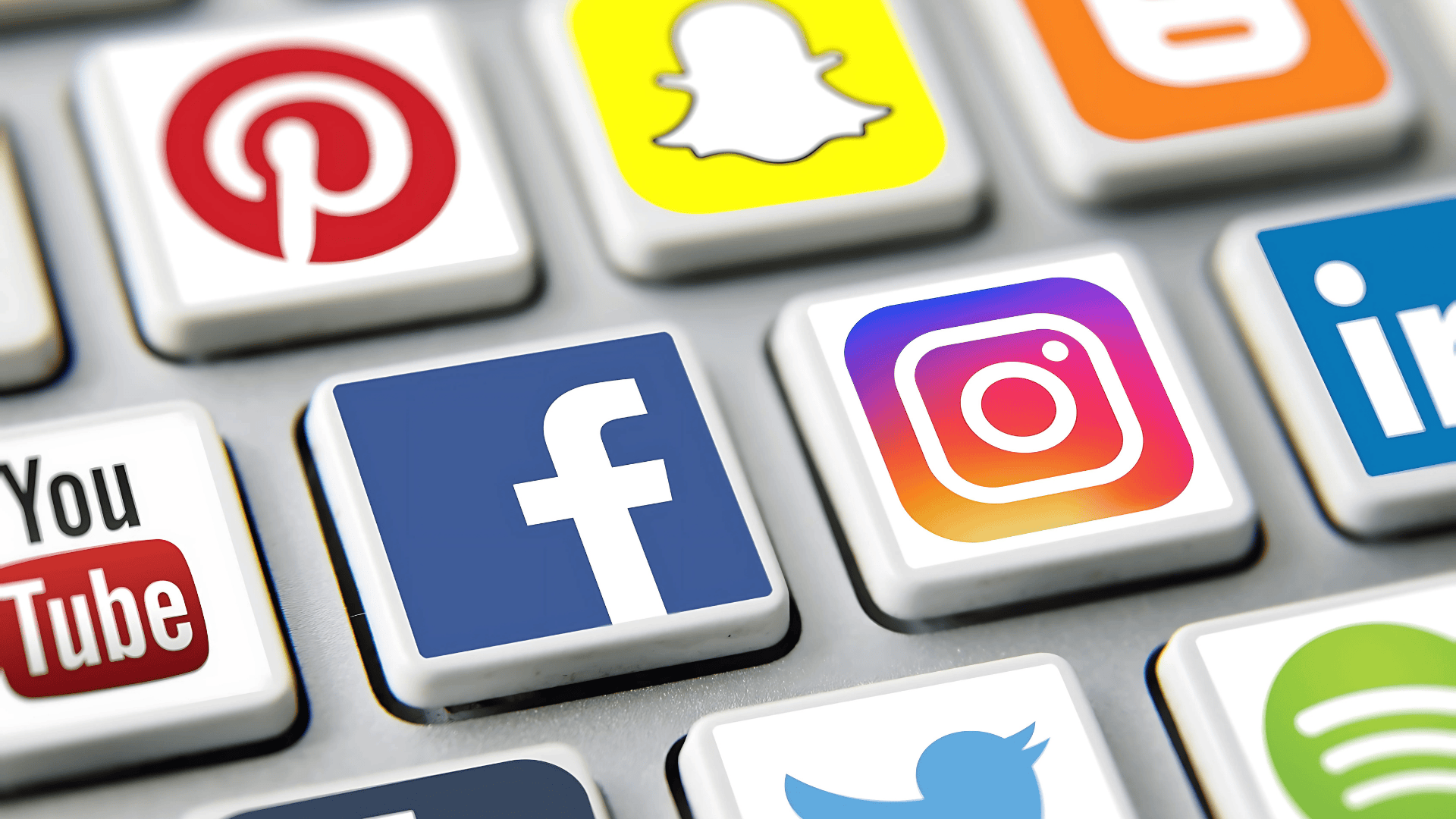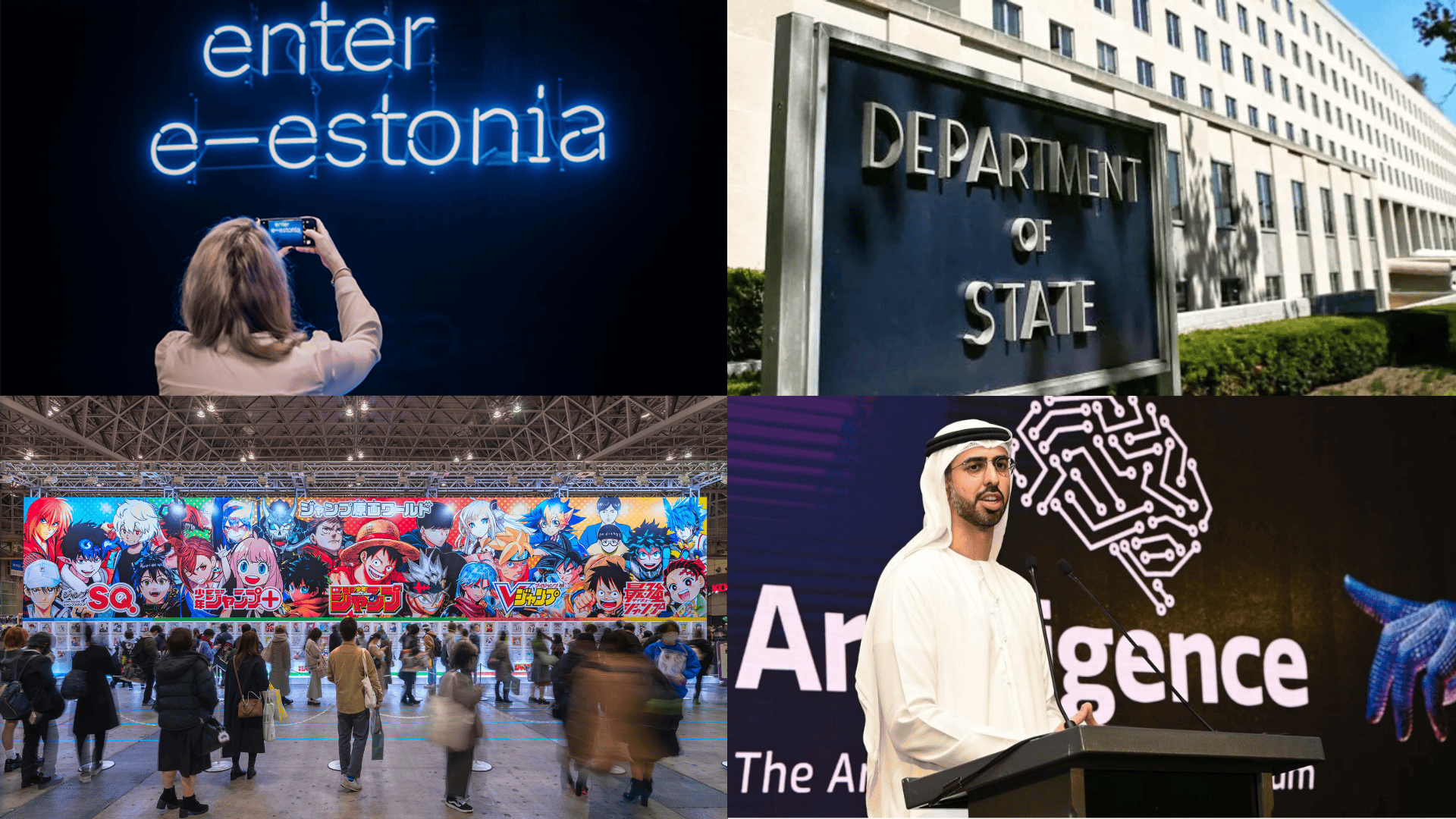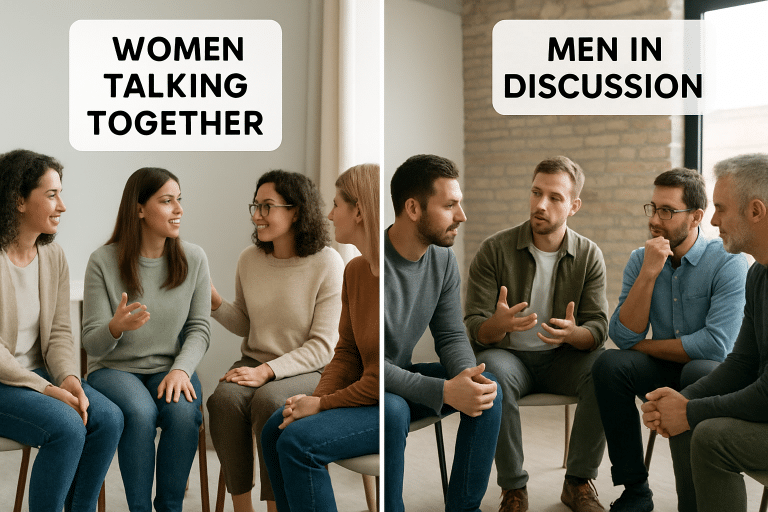Have you ever wondered how governments build trust and influence beyond borders in today’s digital-first world?
Traditional diplomacy once relied on closed-door meetings and official statements.
Now, countries communicate directly with global audiences through social media, websites, and mobile apps. This shift has altered how nations present their image and engage with people worldwide.
In this blog, I’ll show you why public diplomacy matters more than ever in our connected world. You’ll learn about the tools governments use, real examples of digital diplomacy in action, and how success is measured online.
What is Public Diplomacy in the Digital Age?
Public diplomacy refers to how governments communicate with foreign publics to build relationships and influence their opinions. In the digital age, this happens online.
Unlike traditional diplomacy between officials, public diplomacy targets everyday people. It uses digital platforms to share stories, values, and policies directly with global audiences.
Digital public diplomacy combines communication technology with diplomatic goals. Countries now run Twitter accounts, YouTube channels, and Instagram pages.
They respond to citizens in real time and shape narratives as events unfold.
This approach enables diplomacy to be faster, more visible, and accessible to billions of internet users worldwide.
Why Digital Platforms Matter for Diplomacy?

Digital platforms have changed the way countries interact with the world. Before the internet, diplomacy was conducted through embassies, official letters, and carefully controlled press releases.
Now, governments can share their message instantly with anyone who has a smartphone. This shift gives even smaller nations a voice on the global stage. Social media breaks down barriers between officials and citizens.
A foreign minister can tweet about policy changes, and regular people can respond within seconds.
This direct access creates opportunities for understanding and relationship-building that were impossible just twenty years ago.
Here’s why digital platforms are essential for modern diplomatic efforts:
- Speed and Reach: Digital platforms allow information to spread instantly across borders, reaching millions of people within minutes. Governments can respond to crises immediately without waiting for traditional media channels.
- Direct Connection: Officials now communicate directly with foreign citizens through social media, fostering two-way conversations that help build trust. Comments and replies make people feel heard and valued in the diplomatic process.
- Cost-Effective: Social media posts and digital campaigns cost far less than traditional advertising while reaching more people. This levels the playing field, allowing small nations to compete with larger powers on limited budgets.
- Transparency: Public statements on digital platforms are visible to everyone, making it easy for citizens to verify information. This openness fosters accountability and builds trust through consistent and honest messaging.
Tools of Digital Public Diplomacy
Governments use various digital tools to conduct public diplomacy effectively. Here’s a breakdown:
| Tool | Purpose | Example Use |
|---|---|---|
| Social Media | Share updates, engage audiences | Embassy Twitter accounts responding to questions |
| Websites | Provide official information | Government portals explaining policies |
| Mobile Apps | Deliver services and content | Visa application apps, cultural exchange programs |
| Video Platforms | Show culture and values | YouTube channels featuring national stories |
| Online Forums | Host discussions | Virtual town halls with foreign citizens |
| Email Newsletters | Keep audiences informed | Regular updates from diplomatic missions |
| Podcasts | Share long-form content | Interviews with diplomats and experts |
These digital public diplomacy tools work together to create a complete communication strategy.
Case Studies of Public Diplomacy Worldwide

Real-world examples show how countries use digital diplomacy effectively. Let’s look at some success stories from around the globe.
1. Estonia’s Digital Nation Brand
Estonia rebuilt its global image using digital platforms after gaining independence. The country promotes itself as “e-Estonia,” showcasing its digital government services.
Through social media and websites, Estonia shares stories about its tech success. This strategy attracted international investment and tourism.
The country’s Twitter account responds to questions about e-residency and digital innovation on a daily basis.
2. U.S. State Department’s Social Media Engagement
The U.S. runs multiple social media accounts in different languages. These accounts share American culture, explain policies, and counter misinformation.
During crises, officials use Twitter to provide real-time updates. The State Department also uses Facebook Live for Q&A sessions with foreign audiences.
3. Japan’s Anime Diplomacy
Japan uses its popular culture as a diplomatic tool online. Official accounts share anime, manga, and cultural content worldwide.
This “soft power” approach builds positive feelings toward Japan. YouTube videos about Japanese traditions get millions of views. The strategy makes people more interested in the Japanese language and tourism.
4. UAE’s Digital Outreach
The United Arab Emirates uses Instagram and TikTok to show its modern side. Beautiful images of Dubai and Abu Dhabi attract global attention.
The country’s digital campaigns highlight tolerance, innovation, and opportunity. These public diplomacy case studies for 2025 illustrate how visuals shape international perceptions.
Measuring Success in Digital Diplomacy
How do governments know if their digital efforts work? Here are key metrics:
- Engagement Metrics: Likes, shares, comments, and retweets indicate audience interest and help measure the effectiveness of content in resonating with the audience. Follower growth and click-through rates indicate an increasing influence and effectiveness of the content over time.
- Sentiment Analysis: Track positive, negative, and neutral mentions to monitor how people feel about your country. This helps identify issues before they become problems and allows governments to adjust messaging based on real-time feedback.
- Reach and Impressions: Count the number of people who see your content and track the geographic distribution of your audience. Measuring the frequency of content views across different platforms shows the scale of your digital presence.
- Behavioral Outcomes: Monitor tourism website visits, visa application increases, student exchange enrollments, and trade inquiries after campaigns. These concrete actions demonstrate that digital diplomacy yields tangible results beyond online engagement.
- Media Coverage: Track traditional news mentions of digital campaigns, blogger discussions, and international press attention. Online news articles show how digital diplomacy efforts gain attention beyond social media platforms.
Measuring digital public diplomacy requires tracking multiple data points over time. Success isn’t just about numbers, it’s about building lasting relationships and positive perceptions.
Conclusion
Public diplomacy has undergone a significant change in the digital age. Governments now connect with global audiences instantly through social media, websites, and apps.
These digital public diplomacy tools enable international communication to be faster, cheaper, and more transparent than ever.
From Estonia’s tech branding to Japan’s cultural outreach, countries use public diplomacy on social media to shape their global image.
Success depends on engagement, sentiment, and real behavioral changes. As technology advances, digital platforms will play an even bigger role in international relations.
How do you think digital platforms will shape the future of diplomacy?






































